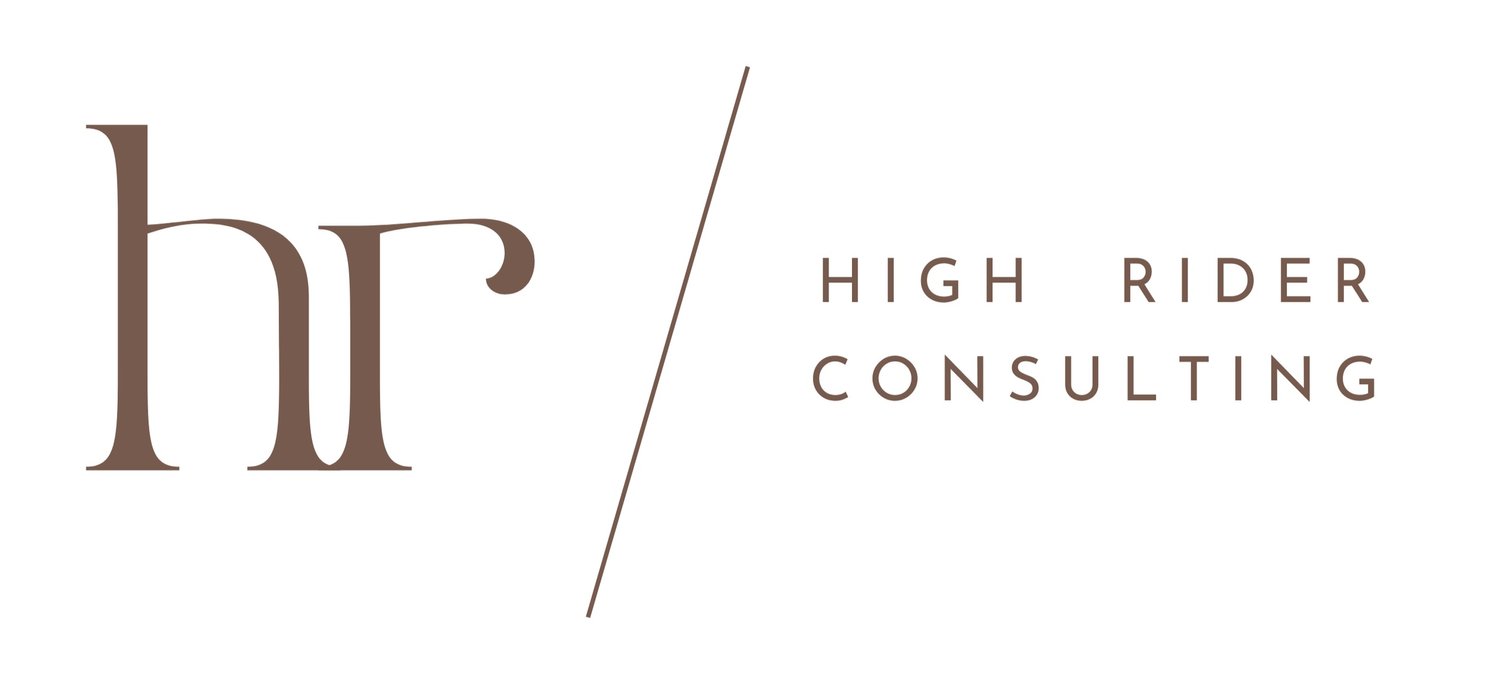The Next Generation of Sustainability Leadership
If you want a masterclass in whiplash, look no further than sustainability leadership right now. In the U.S., ESG is practically a dirty word in some circles. Voluntary reporting has been dialed way back, companies that used to brag about CDP scores are suddenly quiet, and anti-ESG politics has turned what should be business as usual into a culture war.
Meanwhile in Europe? The opposite. Double materiality reporting is here, and firms are sweating bullets. Regulators are asking not just what companies do to the world but what the world does to them. The scope is bigger, the standards are tougher, and the timelines are shorter. This duality - retrenchment in the U.S., acceleration in Europe - is the context CSOs are operating in. And it’s creating a new flavor of sustainability leadership.
Voluntary Is Out, Risk Management Is In
Let’s be clear: voluntary ESG reporting in the U.S. has collapsed. Not completely, but significantly. Why stick your neck out if the federal agenda is anti-ESG and every disclosure risks political blowback? But that doesn’t mean companies are doing nothing. They’re still carbon accounting. They’re still running the numbers. Why? Because their customers - retailers, suppliers, investors - demand the data. If you want shelf space at a European grocery chain, you need numbers. If you want contracts with multinationals, you need proof. So the focus has shifted: less glossy reporting, more behind-the-scenes readiness. Less marketing, more spreadsheets.
Certifications Still Matter
Even as CDP participation dips, certifications are holding strong. Why? Because they’re recognizable shorthand for credibility. They create value off the back of your hard work to do what’s right for people and planet. Whether it’s Upcycled Certified®, Organic, or Animal Welfare, certifications still carry weight with consumers and retailers. They’re proof points in a world where trust is fragile. This matters for sustainability leaders: your job isn’t just to manage carbon - it’s to manage credibility.
Europe’s Double Materiality Moment
While technocrats first introduced the EU Emissions Trading Scheme in the early 90s, it only really hit companies’ P&Ls in the late 2010s. It was the first of several policy shifts that attempt to protect the planet from warming at alarming rates that would materially impact companies’ bottom lines for the next several years. Now, double materiality has landed like a tsunami. Companies have to disclose both:
How environmental and social issues affect their business.
How their business affects people and the planet.
That second part is a game-changer. It’s no longer enough to say “climate risk might ding our profits.” You have to spell out how your operations impact emissions, biodiversity, communities. And you have to quantify it. For CSOs, this means beefing up data systems, aligning with finance teams, and bracing for scrutiny. This begs the question - if you’re doing that for Europe, why not throw a few extra thousand at it and find out your risk levels in all parts of the world? Air, after all, knows no borders. But here’s the deal - in Europe, voluntary is over. Mandatory is the name of the game.
Extended Producer Responsibility: The Next Big Stick
While voluntary (and less of it) is still what’s up in the U.S., if you’re in packaging, you already know this: state-led Extended Producer Responsibility (EPR) schemes are coming. Of course, Europe has already been running ERP schemes for years - and quite successfully so. Funds collected from producers of consumer packaged goods are reinvested into recycling infrastructure, with higher volumes of recycled glass, paper, plastic, and metals available across the EU27. Here in the U.S., meaningful fines are expected to hit non-compliant producers in 2026. Companies are using 2025 to get their ducks in a row - auditing supply chains, testing circular models, piloting take-back programs. No one wants to be caught flat-footed when fines hit. Which means EPR is the quiet engine of action right now.
What CSOs Are Actually Doing
So, in the middle of political noise and shifting rules, what does sustainability leadership actually look like? Carbon accounting behind the scenes. Even if no glossy report is published, the data exists. Certifications as credibility anchors. Consumers may not read CDP scores, but they know labels. Risk framing instead of virtue framing. CSOs are talking to boards about supply chain resilience, regulatory risk, and cost of goods-not just values. Scenario planning. What happens if tariffs rise? If dietary guidelines push more meat? If UPFs are banned in schools? Leaders are gaming out futures. EPR prep. 2025 is the year of building systems before 2026 fines kick in.
The narrative has shifted from “look how sustainable we are” to “here’s how we’re protecting our business from risk.” It’s less sexy, but maybe more durable & practical - the Germans would be proud. Because at the end of the day, sustainability leadership is about resilience. About staying in business when the climate, the policy landscape, and the consumer market are all moving at once.
So What?
Here’s my takeaway: In the U.S., ESG backlash is chilling voluntary reporting. In Europe, double materiality is cranking the pressure up. Certifications and carbon accounting are the common ground - neither has yet to be weaponized by either major U.S. political party. EPR is the next big stick in the U.S. - 2025 is prep, 2026 is pain. Sustainability leadership today is less about PR, more about risk management. The revolution here isn’t urgent, or irresistible. It’s inevitable. Companies that get ready now will survive. The ones that don’t? They’ll be fined, dropped, or left behind.
